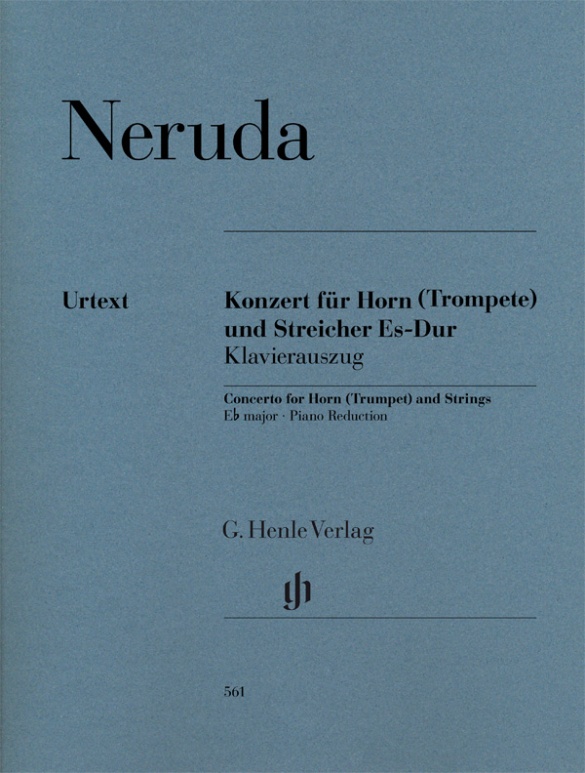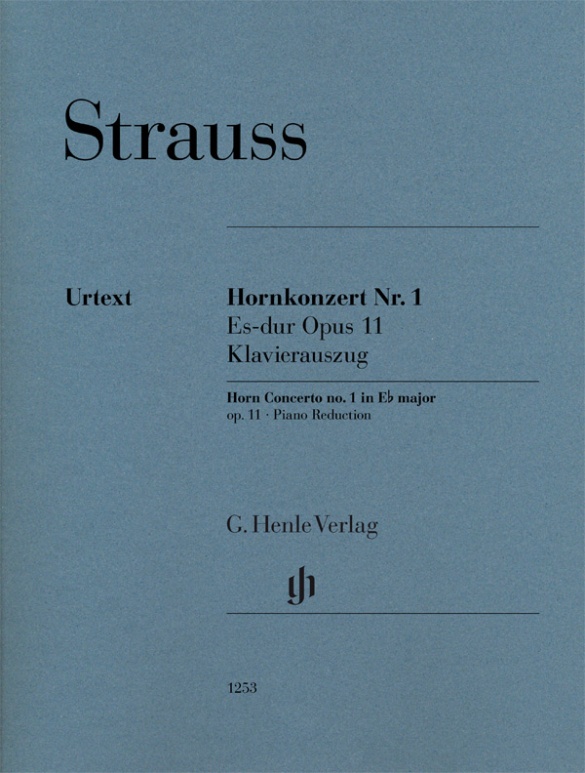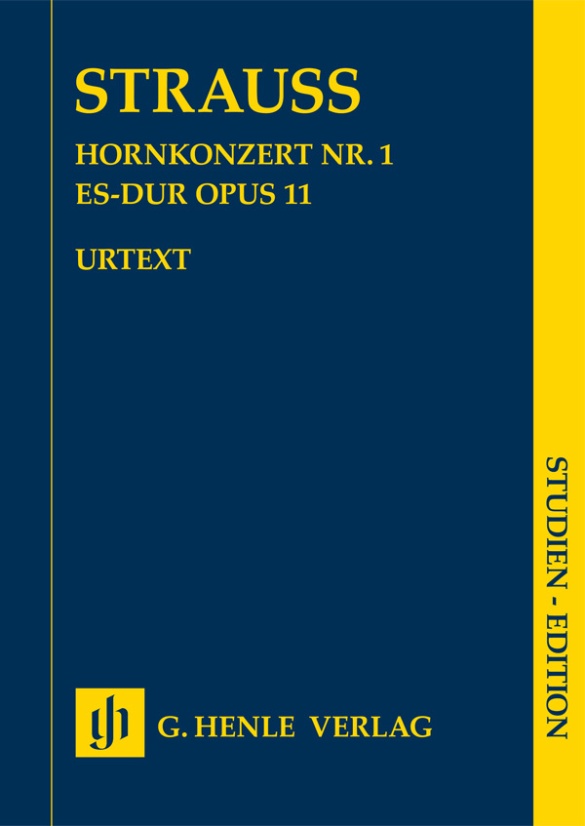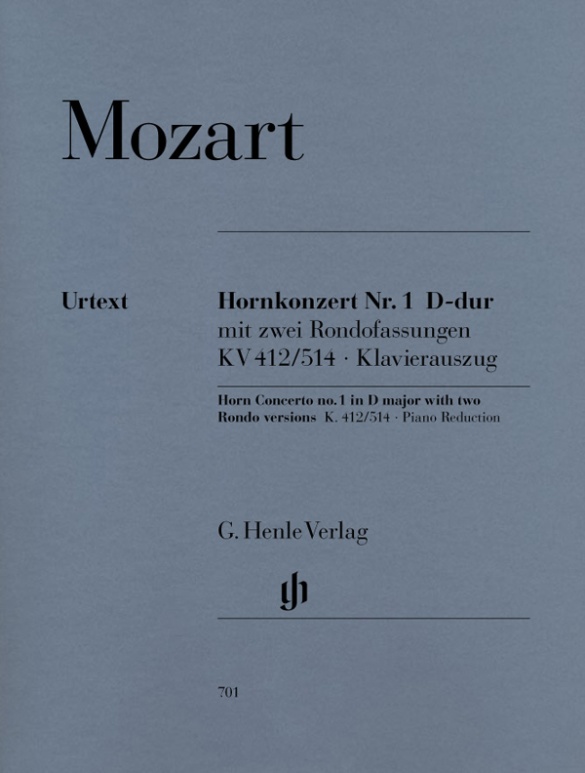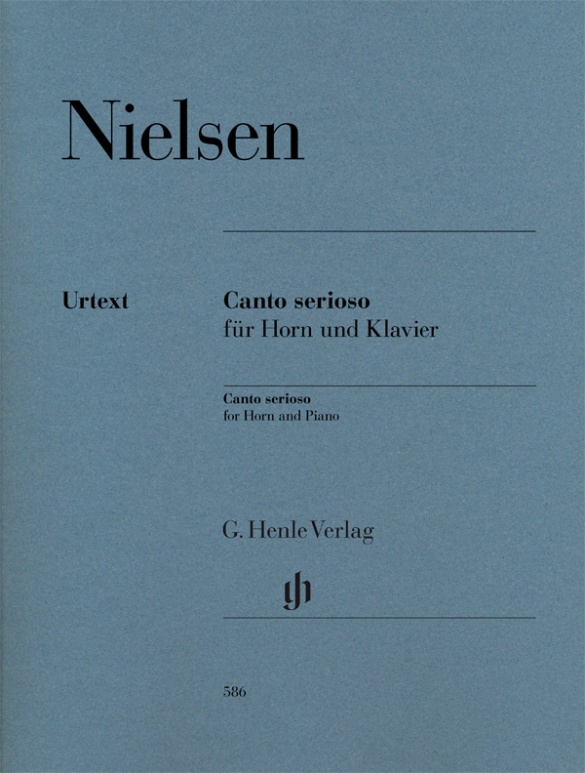

Carl Nielsen
Canto serioso for Horn and Piano
The Dane Carl Nielsen was one of the most original composers at the turn of the 20th century. Based on the German Romantic tradition he developed his own musical language, especially in his symphonies that are still played very frequently. He also, however, often turned to chamber music settings. Canto serioso was originally written as an audition piece for the Copenhagen Opera Orchestra, where the position of low horn player was to be filled. Thus Nielsen’s fairly short work makes the most of the low register and the instrument’s sonorous mid-range. A welcome addition to the late Romantic repertoire for horn!
Content/Details
About the Composer
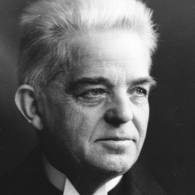
Carl Nielsen
The considerable output of the most important of Danish composers comprises all the usual genres: two operas, incidental music, numerous choral works, around 200 songs, six symphonies, three concerti, chamber music, piano works. His oeuvre is marked by an engagement with Renaissance vocal polyphony that he combines with a progressive harmonic language.
| 1865 | Born into the family of a day laborer and house painter in Sortelung (Funen) on June 9. At age six he plays the violin, performs with his father as a musician at village festivals, and becomes acquainted with the classics in the orchestra of the Music Society. In 1879 joined the military band of the Sixteenth Battalion in Odense; violin lessons. |
| 1884–86 | Studies in Copenhagen: violin (with Valdemar Tofte), piano (with Gottfred Matthison-Hansen), music theory (with J. P. E. Hartmann and Orla Rosenhoff), and music history (with Niels W. Gade). |
| 1886 | Second violinist in the Tivoli Park orchestra. |
| after 1887 | performance of his compositions, including the Suite for Strings, Op. 1. |
| 1889 | Second violinist in the Chapel Royal Orchestra. |
| 1890s | First volumes of songs on poems by Jens Peter Jacobsen (Opp. 4 and 6) and by Ludvig Holstein (Op. 10), with sometimes progressive harmonic language; later songs follow the ideal of the folk song. |
| 1896–97 | Cantata “Hymnus Amoris,” Op. 12, on a painting by Titian; study of Renaissance music. |
| 1891/92 | Symphony No. 1 in G minor, Op. 7, with tight motivic development. |
| 1901 | State stipend. The opera “Saul and David” is completed. |
| from 1903 | Contract with the music publisher Wilhelm Hansen. |
| 1906 | Premiere of the comic opera “Mascarade,” which becomes a major work in Danish operatic history. |
| 1908 | Second conductor at Copenhagen’s Royal Theatre. |
| 1915 | Concert conductor of the Music Society in Copenhagen. |
| 1922 | Neoclassical Wind Quintet, Op. 43, which becomes popular. |
| 1924/25 | Symphony No. 6 (‘Sinfonia semplice’), a tonally untethered and highly complex work scored with a large percussion section. |
| 1931 | Director of the Music Conservatory. Death in Copenhagen on October 3. |
About the Authors
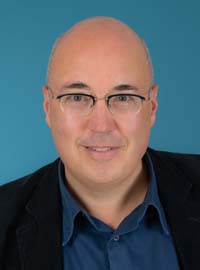
Dominik Rahmer (Editor)
Dr. Dominik Rahmer, born in 1971 in Mainz, studied musicology, philosophy and maths in Bonn. He did his Magister Artium in 1999 and his doctorate in 2006 with a thesis on the music criticism of Paul Dukas.
From 2001 to 2011 he was employed at Boosey & Hawkes/Bote & Bock in Berlin, where he also worked on the Critical Edition of the Works of Jacques Offenbach (OEK). Since 2011 he has been an editor at G. Henle Publishers in Munich, with a particular focus on French and Russian music and works for wind instruments.

Klaus Schilde (Fingering)
Prof. Klaus Schilde, born in 1926, spent his childhood in Dresden. There he was greatly influenced by Walter Engel, who taught him the piano (Kodaly method), composition and violin. From 1946–1948 he studied at the music conservatory in Leipzig with Hugo Steurer. After moving to the west in 1952 he studied with Walter Gieseking and Edwin Fischer, as well as with Marguerite Long, Lucette Descaves and Nadia Boulanger in Paris.
Schilde won numerous prizes. From 1947 onwards he gave concerts as a soloist and chamber musician on almost every single continent with renowned orchestras. He taught at the music conservatories in East Berlin Detmold, West Berlin, Munich, Tokyo (Geidai) and Weimar. From 1988–1991 he was President of the Staatliche Hochschule für Musik und Theater in Munich, where he also taught for decades as a professor. There are numerous radio and television broadcasts with Klaus Schilde as well as CD recordings. Schilde has contributed fingerings to almost 100 Henle Urtext editions.
Prof. Klaus Schilde passed away on 10 December, 2020.
Product Safety Informations (GPSR)

G. Henle Verlag
Here you can find the information about the manufacturer of the product.G. Henle Verlag e.K.
Forstenrieder Allee 122
81476 München
Germany
info@henle.de
www.henle.com
Die Stimme ist klar gegliedert, Stichnoten bieten bei Tempowechseln gute Hilfestellungen für die Einsätze. Die Klavierbegleitung ist übersichtlich und nicht zu schwer, die Fingersätze sind gut eingerichtet. Bei einer Gesamtaufführungszeit von ca. 5 Minuten gibt es keine Schwierigkeiten beim Seitenwechsel. Das Notenbild ist, wie bei Henle üblich, sehr gut dargestellt und gut lesbar. Auch wenn man sich nicht um eine Orchesterstelle bewirbt, macht der Canto serioso einen guten Eindruck und lässt das Horn im besten Licht erscheinen.
Das Liebhaberorchester, 2016Diese Ausgabe des Henle-Verlags ist von hervorragender Druckqualität und für den Preis (...) sicherlich kein Fehlgriff. Canto serioso hat bereits einen festen Platz in der Hornliteratur gefunden und ist mit dieser Urtextausgabe nun vollständig.
Das Orchester, 2015recommendations
autogenerated_cross_selling
Further editions of this title
Further editions of this title


